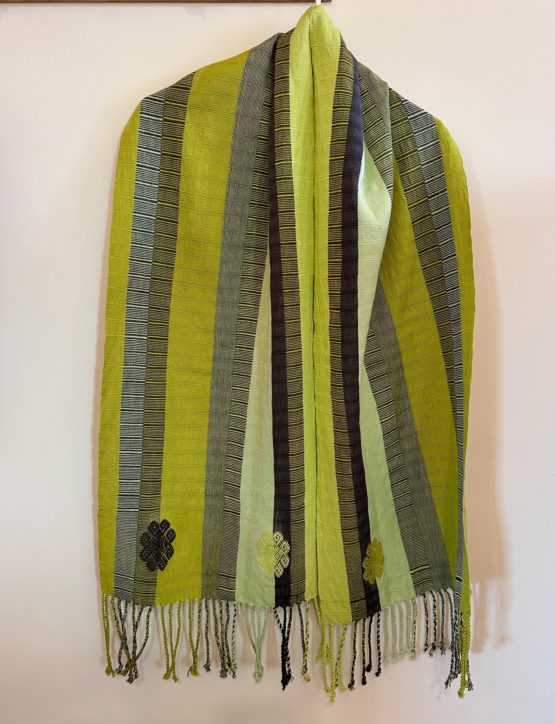Federico Chavez Sosa and his son Eric Chavez Santiago demonstrated tapestry weaving techniques and using natural dyes at the family workshop in Teotitlan del Valle. All photos by Norma Hawthorne copyright 2010, during Day of the Dead Photography Expedition 2010. Now taking registrations for 2011. Contact: normahawthorne@mac.com
Sugar cane is sold in the market for use at home altars. The belief is that the sugar cane that frames the altar provides a passage for the dead to enter and take food from the altar to sustain themselves during their one-day visit back to earth.
When lime juice is added to the smashed cochineal bug, a brilliant color of red is produced. The stain is so intense that it took several scrubbings to get the hands clean.
On October 30, children and their parents assemble on the plaza in front of Santo Domingo Church for a procession to mark the return of deceased children.
Selling huachinango, a type of Pacific red-skinned fish, at the Abastos Market.
A new plaza in front the the Municipal Palace is being constructed as a gathering place for celebrations and for a new handcrafts market. Here, one of the older adobe structures in getting a facelift.
This traditional wooden wheel is used to prepare bobbins for weaving.
Foreground and backdrop are pure Zapotec, framing the Catholic church built with the stones from the pre-Hispanic Zapotec temple. In the background is Picacho, an ancient Zapotec mountaintop worship site.
Extraordinary wood carving embellished with gold leaf frame the Madonna in this remarkable Oaxaca church. Don’t miss the Saturday morning church walking tour by Linda Martin; meet at 10 a.m. in front of the Catedral on the Zocalo. Donation is 100 pesos each to support a non-profit for children.
Street vendors on the Zocalo sell cigarettes, candy, and handcrafts. Women typically leave school at age 12 and must find a way to earn a living.
Family members gather by candlelight around the tombs of their loved ones. A cherub marks this grave site, surrounded by cockscombs and marigolds.
At El Nahual Gallery on Avenida Cinco de Mayo handmade dolls rest against handbags woven by Tito Mendoza and his family members.
A wrought iron fence frames a grave site illuminated by candles and adorned with red irises.
The Santa Cruz Xoxocotlan cemetery is an extravaganza of light, incense, and folk art.






















8 responses to “Oaxaca Day of the Dead Photography: Best of the Week”